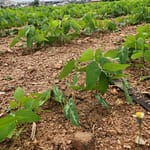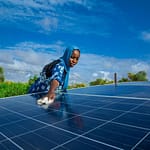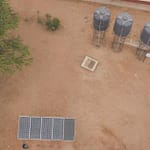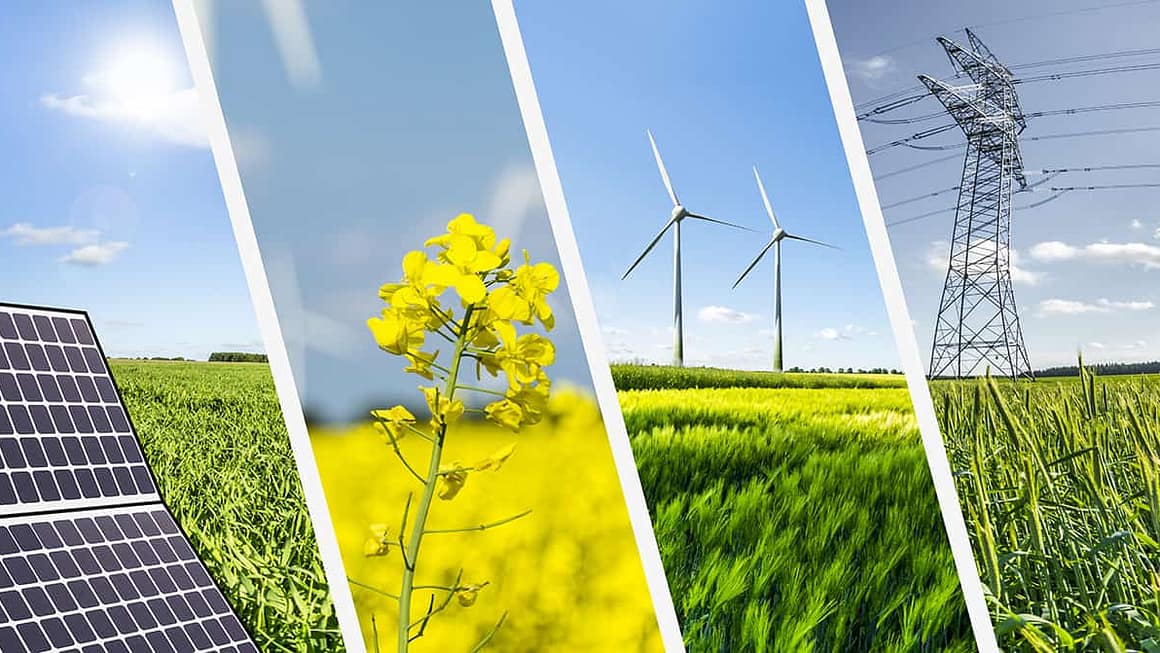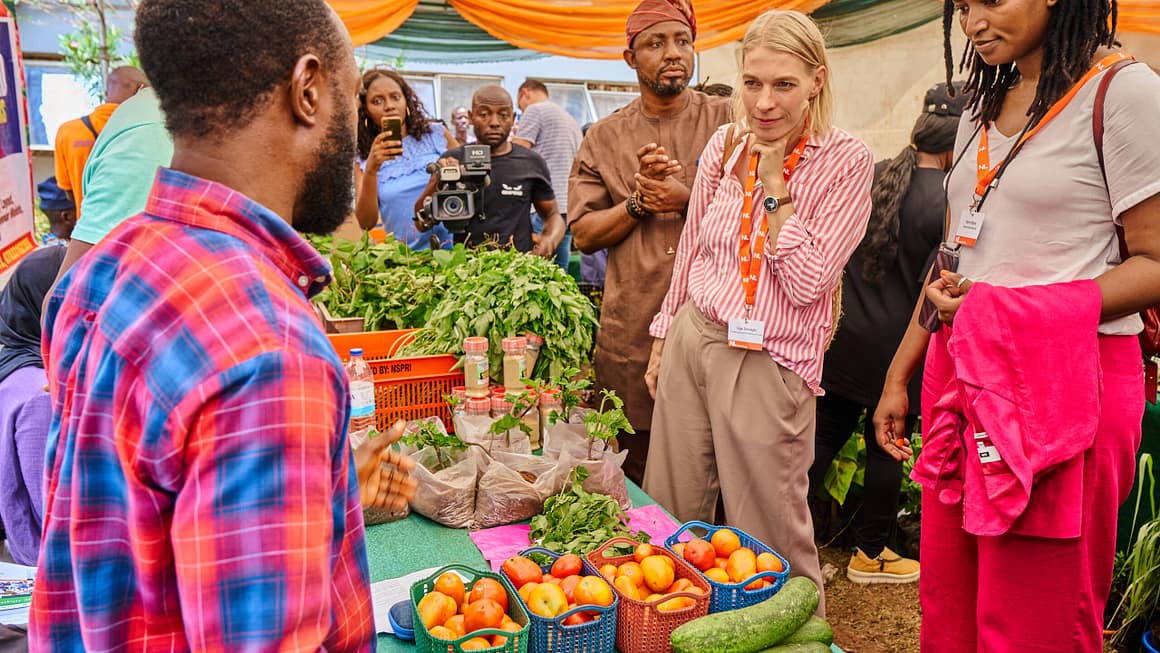The people of Zamfara State are counting their losses in millions of Naira, and dozens of deaths after the mysterious disappearance of cash meant for a life-saving water supply project.
The money allocated by the government to alleviate water problems in the Northwestern Nigerian state cannot be accounted for, five years after the project was to have been completed. Instead, its mysterious disappearance has been blamed for the death of dozens of children and women by drowning. The victims have drowned in the ‘Yar Akalamba River because of the capsizing of the boats they use to ferry water.
![Yar Akalamba River, Gusau Zamfara State [Image/LIDA Network]](https://mlmkoxknobqn.i.optimole.com/w:1020/h:574/q:mauto/ig:avif/https://lidanetwork.org/wp-content/uploads/2023/07/WhatsApp-Image-2023-07-14-at-7.17.46-PM-edited.jpeg)
According to the Nigeria National Water Resource Masterplan, the projected water demand in Zamfara by 2030 is estimated at 420 million barrels per day, but the state seems far from the target despite the billions of funds invested so far. According to a UNICEF report, only 26.5% of Nigeria’s over 200million population have access to improved drinking water sources.
Speaking with Prince Mekwunye, a Water Sanitation and Hygiene (WASH) Specialist and innovator who has successfully implemented over 20,000 water projects across over 12 states in Nigeria, he says the water sector is under investigation and there is a lot of funding coming in both from the government, and international donor agencies.
According to him, “Water projects are supposed to be designed uniquely to suit project locations. Zamfara has ground water almost everywhere, but water projects are heavy investment projects and quick to implement but are also avenues used to siphon money. Water projects if not monitored is a conduit for corruption in Nigeria”.
Fatima Adam, 47, lost her 18-year-old daughter Zainab and 12-year-old son Aliyu when their boat capsized one night, killing over a dozen on board. This is increasingly becoming a regular occurrence. The boat, which had a capacity for 12 passengers was carrying 22 people on board and all the passengers had no life jackets. If one does not want to risk life using the boat, they should be prepared to walk 7km to the garden or pay N400 to men who sell water popularly known as “Mai Ruwa” which most families cannot afford.
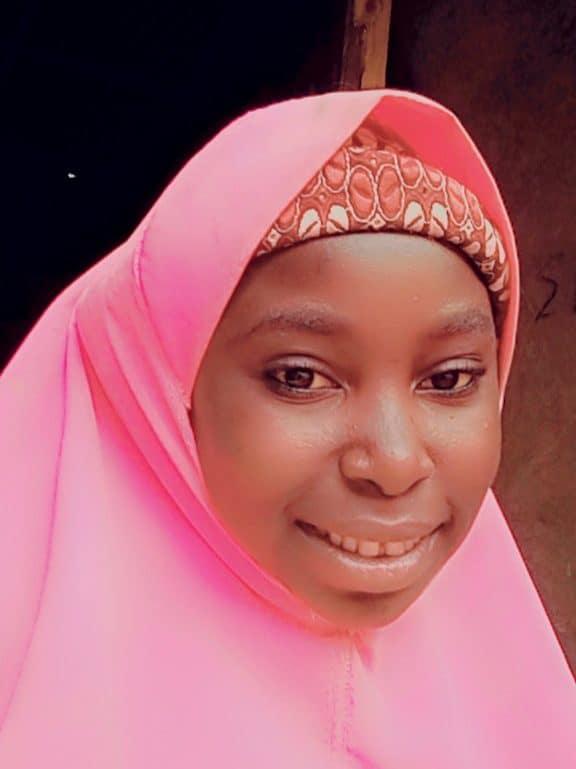
Zainab’s mother spoke to LIDA Network about the pain of losing her two children. “The boat they used to fetch the water sank into the river. I lost my two children Zainab, 18 who did all the house chores before her unfortunate demise. And the second one is Aliyu my son.”
Between 1999-2006, residents of Gusau, the Zamfara State capital, the state government under the leadership of Ahmed Yerima Sani who was the serving governor then, secured a loan to the tune of N1billion for rehabilitation of the Gusau Dam which had collapsed due to torrential rainfall and flooding. Over 500,000 people stood to benefit from the project.
The rains destroyed the reservoir behind the dam which previously supplied drinking water in Gusau, the state capital.
The government in 2016 disclosed the disbursement of N111 million to the Ministry of Water Resources foprojects,pansion of about 14km water pipelines from Koramar Wanke and Yarkusa Reservoir directly to the state water board. The project was supposed to be the continuation of the construction of five boreholes in the area identified by an expert to be an Artesian well where the water flows under self-pressure but would require a diesel-powered generator to transport the water. The contract for these boreholes was awarded to a Waste Management and Environmental Solutions Company, between 2007 and 2011.

When asked the reason for the states incessant lack of water, Managing Director of Zamfara State Waterboard, Buhari Salihu Dosara said, the issues of water scarcity in Gusau is not new. “There is lack of funding and no standard power supply as they cannot adequately supply water if there is no power supply” he said.
WHERE DID THE MONEY GO?
Seven years down the line from 2016-2023 after the N111million was disbursed, LIDA network reporters visited the 5 borehole project sites expected to have pipelines connected to the water board. An investigation by LIDA revealed that the Artesian well borehole (water from the ground flowing under self-pressure unaided) construction project which was designed to use a diesel-powered generator commenced since 2007 but has not been completed, nor had the said pipelines been channeled to the Water Board. The investigation revealed that the contract was awarded to a Waste Management and Environmental Solutions company.
No pipes connect the projects and the metropolis, instead, a pipe from one of the boreholes was seen leaking. When completed the facilities are expected to booster water supply to the Zamfara State Water Corporation. But nothing of such was seen during our visit.
SHADOW DIRECTORS
Information obtained from Organized Crime and Corruption Reporting showed that the contracted company had 5 directors, 3 Americans and 2 Nigerians. LIDA also discovered that of all the 5 company directors only 1 had an authentic identity. The only known person listed as one of the board of directors is Ahmed Sani who served as governor of Zamfara State between 1999 – 2006. He has been implicated in a series of corruption and mismanagement incidences.

In 2002, two humanitarian groups accused the governor among other things of illegal repatriation of funds to America meant for socio-economic development in the state. A google geo-mapping also showed no office building on the address given in the Corporate Affairs Commission document.
When reporters visited one of the addresses of Shepherd Scott (Nigeria) as indicated in the registration document in Zamfara, they found no infrastructure. The provided address was simply a long stretch of road.
It later merged that the company had a high likelihood of being a shell company and created as an avenue to secure quick contracts by the former state governor.
WHO BEARS THE BRUNT OF ILLICIT FINANCIAL FLOWS MEANT FOR WATER PROJECTS?
According to a 2022 report by World Bank, approximately 70 million Nigerians had no access to basic drinking water services. In Africa, 1 in 3 African citizens will be impacted by water scarcity by 2025, and close to 230 million Africans will be facing water scarcity while up to 460 million will be living in water-stressed areas. The over 500,000 residents of Gusau fall under the latter as they face severe water distress.
The brunt of the scarcity is borne directly by women and children who make up 49.47% of the Nigerian population of which 42% is under the age of 15 years.
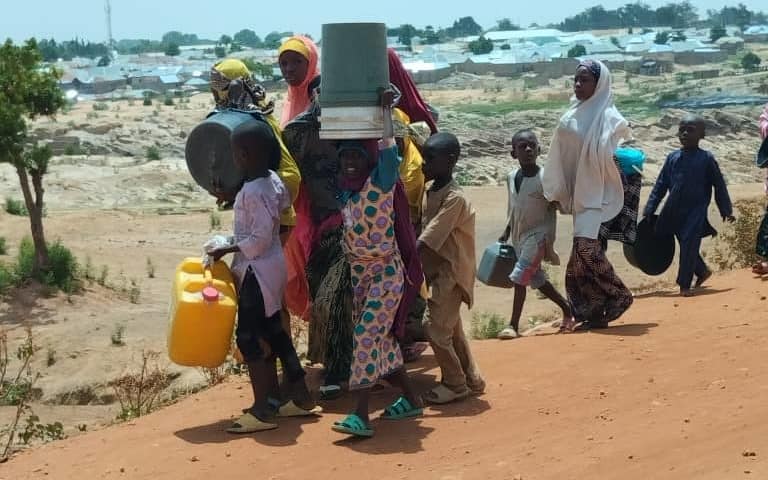
In a telephone interview with Punch correspondent in Gusau, the state Commissioner for Water Resources, Ibrahim Isa, claimed that normal water supply had been restored to the town.
He also faulted people’s claim, saying that the boat that capsized was carrying people who wanted to go and fetch water.
They were going somewhere on another mission when the incident happened, “he said.
The state government officials continue to campaign for political offices with promises of water restoration, but this has remained a perpetual avenue for diversion of these funds. According to Prince Mekwunye “Water projects are also a funds attraction from international agencies into these states. I have done a water project which you can see in the national budget for N12million for half that price” he said.
Way Forward
According to him “Water projects across the country need to be investigated, auditing water infrastructure, and in construction of the project one must consider the source of power to power pumps from point A to point B either using diesel, gas or solar. Implementation of project and maintenance are also key”.
Subscribe to LIDA NETWORK
“This story was produced by Irene David-Arinze. It was written as part of Wealth of Nations, a media skills development programme run by the Thomson Reuters Foundation. More information at www.wealth-of-nations.org. The content is the sole responsibility of the author and the publisher.”
Supporting reporter: Jabir Ridwan
Publisher: Samwel Eviator



